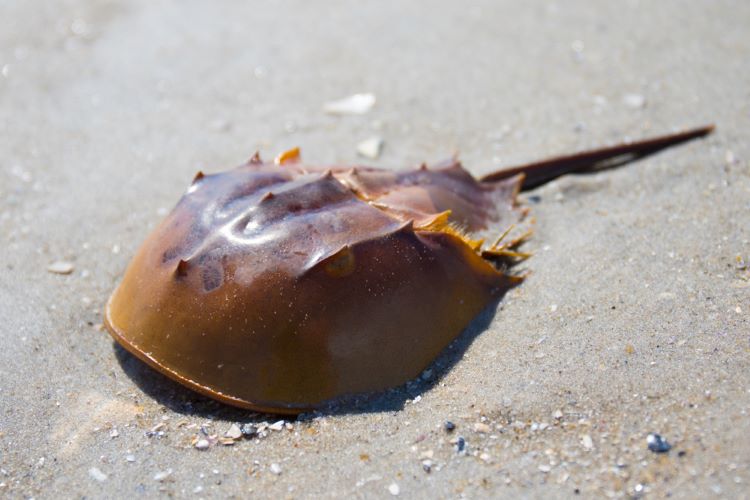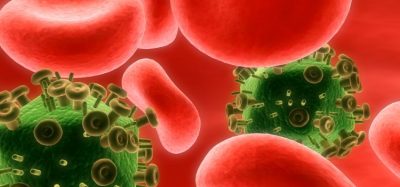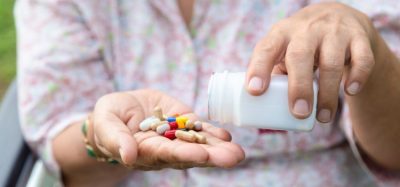Utilising naturally occurring endotoxins in recovery studies
Posted: 23 July 2024 | Catherine Eckford (European Pharmaceutical Review) | No comments yet
The research aimed to address concerns from regulatory agencies about accepting low endotoxin recovery studies that use a naturally occurring endotoxin analyte.


A collaborative study involving several pharmaceutical companies has proposed reconsideration of employing naturally occurring endotoxins (NOEs) in endotoxin recovery studies.
Following up on their initial research, in this part 2 of their study, the research team evaluated naturally occurring endotoxins prepared in high and low nutrient conditions in two common monoclonal antibody (mAb) buffer formulations. Furthermore, a panel of gram-negative bacterial isolates recovered at the executing sites was used to prepare analytes in both high and low nutrient conditions.
The NOEs were spiked into limulus amebocyte lysate (LAL) reagent water as controls and purified LPS into the citrate/polysorbate buffer as the low endotoxin recovery (LER) control, the paper stated.
Historically, regulators have been “hesitant” to advocate the use of naturally occurring endotoxins in LER studies “over purified lipopolysaccharide (LPS) standards such as control standard endotoxin (CSE) or reference standard endotoxin (RSE)…since the results could vary based upon species and preparation methods”, the authors explained.
Key findings from the part 2 endotoxin study
Results showed the average of three runs per organism demonstrated > 50 percent recovery at the end of seven days. This was regardless of nutrient culture preparation conditions, the data found.
Furthermore, purified LPS controls became “undetectable (<50 percent recovery) in the citrate/polysorbate buffer”. Bolden et al. stated that this highlighted the presence of LER. They concluded that there is “potential value of using NOEs from relevant manufacturing facilities to assess overall risk when purified LPS recovery is insufficient”.
Performing an endotoxin recovery study using naturally occurring endotoxins derived from a relevant facility isolate enables the overall risk profile to be determined in cases where purified LPS cannot be adequately recovered during an LER study”
Bolden et al. summarised: “where naturally occurring endotoxins were consistently recovered regardless of preparation method or species, naturally occurring endotoxins can be prepared from any gram-negative species using either a high or low nutrient preparation method for use in an LER study without bias to the outcome”.
Additionally, they recommended the high nutrient preparation method due to its efficiency. They also asserted that “LPS may not be a good model for demonstrating the stability of assayable endotoxins”.
Notably, in the paper, they showed that NOEs were “reproducibly prepared from different species and culture conditions and yielded the same LER conclusion.”
Performing an endotoxin recovery study using NOEs derived from a relevant facility isolate “enables the overall risk profile to be determined in cases where purified LPS cannot be adequately recovered during an LER study”, the authors explained.
The paper is a publication for the journal Biologicals.
Related topics
Antibodies, Biologics, Biopharmaceuticals, Data Analysis, Drug Safety, Industry Insight, Proteins, QA/QC, Research & Development (R&D), Therapeutics









